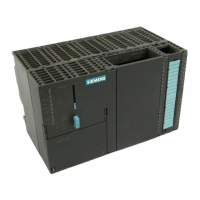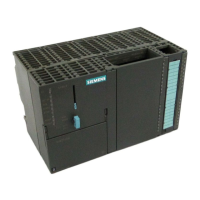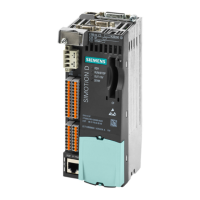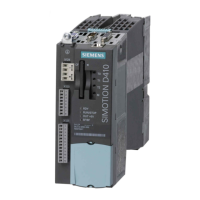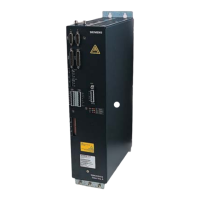● Catastrophic environmental influences
● Danger to persons and machines
2.2.1 Trends in the IT sector
Overview
There are many new trends which affect industrial security:
● Cloud computing in general
The number of network connections across the world is constantly increasing. This enables
innovations such as cloud computing and the applications that go hand in hand with it. In
conjunction with cloud computing, there has been a massive increase in the number of
mobile devices, such as mobile phones and tablet PCs.
● Wireless technology
On the other hand, the increasing use of mobile devices has only become possible thanks
to the ubiquitous availability of mobile networks. Wireless LAN is also becoming
increasingly available.
● Smart Grid
Networking is not only limited to data networks, it also influences our energy infrastructure.
● Worldwide remote access to plants, machines and mobile applications
● The "Internet of things"
Millions of electronic devices are becoming network-capable and are communicating via
the Internet, such as onboard computers in cars, which send warranty information to
dealers, or water meter sensors that transmit water consumption data to municipal water
suppliers via radio.
However, in order for everything from cloud computing to sensors to work without service
disruptions, you need reliable network infrastructures that are well protected against attacks
from malware and hackers.
2.2.2 Possible corporate security holes
Possible security holes or weak points
The security chain of a company is only as strong as its weakest link. Security holes can exist
at numerous points. The following list gives only a few examples:
● Employees
● Production plants
● Network infrastructure
● Data centers
● PC workstations
Industrial security
2.2 Why is industrial security so important?
SIMOTION P320-4 E / P320-4 S
26 Commissioning and Hardware Installation Manual, 11/2016
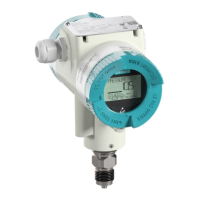
